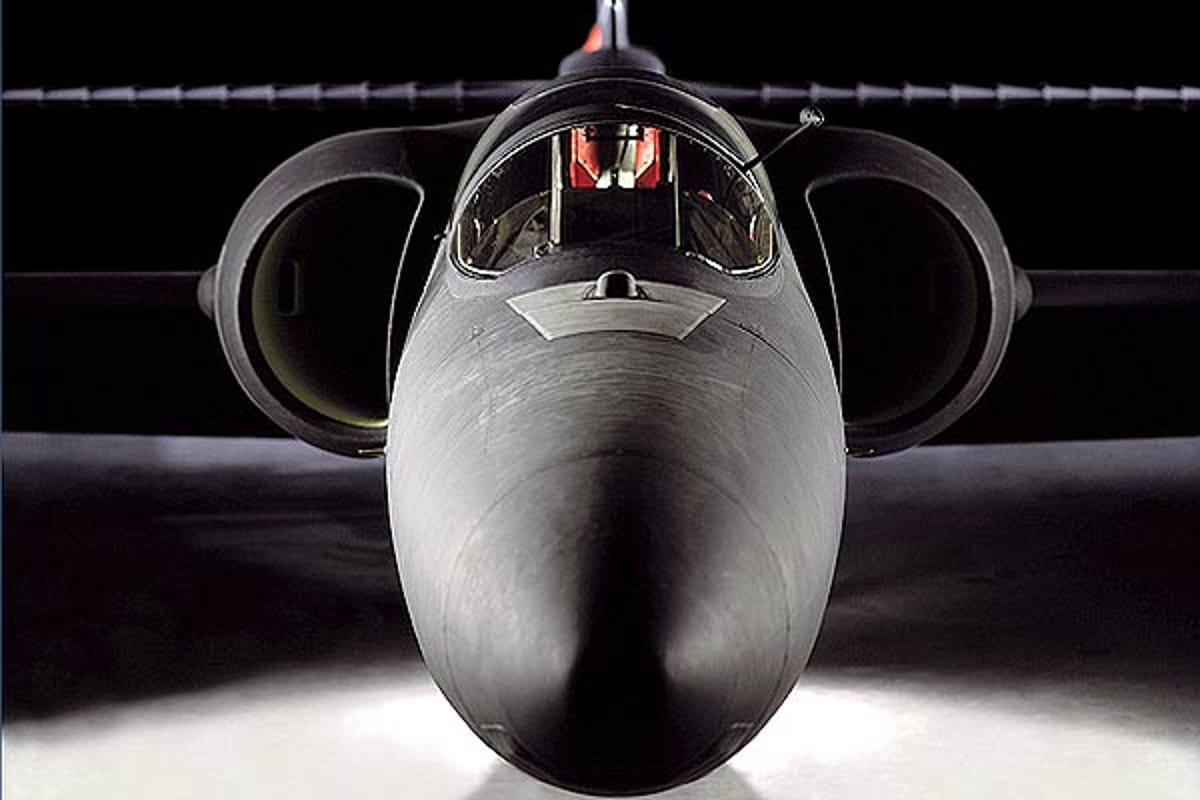U-2 spy plane keeps on soaring (photos)
The Pentagon, smitten with the Global Hawk drone, had been ready to ground the U-2 fleet for good. But the latest Air Force budget proposal tells a different tale.

U-2 Dragon Lady
U-2 in flight
Heading aloft
The U.S. government's budget proposal for fiscal 2013 (PDF) says this about the two aircraft (see page 48 of the PDF): "The comprehensive strategic review, recently completed by the Department of Defense, reduced the requirement for the number of high altitude reconnaissance 'orbits' and this reduction allows the current fleet of U-2 aircraft to fulfill all requirements for high altitude reconnaissance. The decision to cancel Global Hawk production, therefore, will have little impact on operations, which will continue using the U-2. However, ending Global Hawk production will result in substantial long-term savings that can be used for other programs."
This photo shows a U-2 taking off for a mission over Iraq in April 2003.
Fill 'er up at the fuel truck
Here we see a U-2 being refueled after a mission in support of Operation Iraqi Freedom, providing near-real-time imagery and signals intelligence. That aircraft was based, the Air Force said coyly, "at a forward deployed location in Southwest Asia."
The U-2 has a wingspan of 103 feet. It is 63 feet long, and stands over 16 feet tall at its tail.
Chase car
Check-off before take-off
View from 71,000 feet
San Francisco in 1972
Earth Resources aircraft
Cover story
Flight deck
Glass cockpit
Older cockpit and 'driftsight'
Hydraulic tubing
Loading film
Cinching up
Gloves on
O2 on tap
U-2 pilot in 1971
Heading to the U-2
Cleared for take-off
Airmen make the final preparations for a U-2 to get off the ground for an October 2009 flight from a base in Southwest Asia.
Getting back to the topic of drones versus manned aircraft that kicked off this slideshow, we give you these words from an Air Force officer at that base: "Global Hawks and U-2s complement each other," Lt. Col. Kirt Stallings, commander of the 99th Expeditionary Reconnaissance Squadron, said in an Air Force report at the time. "For example, if a U-2 pilot finds four different hot spots that need monitoring, they can reach out to other assets, like Global Hawks, to provide ISR needs. A U-2 is more capable, but a Global Hawk can remain on station after a U-2 has to turn back."

